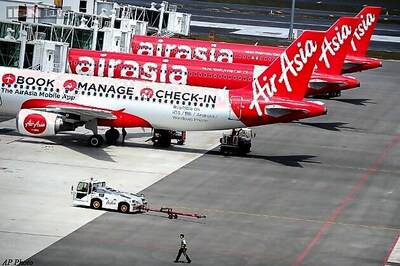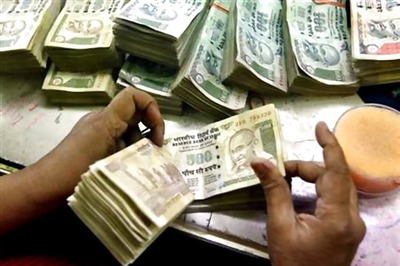
views
Manila: Growth in developing Asia is seen gaining momentum in 2013, powered by rising domestic consumption and intra-regional trade, but authorities need to ward off risks of inflation and asset bubbles arising from strong capital inflows, the Asian Development Bank (ADB) said.
Tensions over long-standing border disputes in Asia, deepening austerity fatigue in the euro zone and political risks linked to wrangling over the US debt ceiling are the main threats to the region's near-term outlook, the Manila-based development lender said on Tuesday in its latest regional outlook report for 2013.
The region needs to put up safeguards against the buildup of asset bubbles and possible withdrawal of huge liquidity that has spilled over to the region following monetary policy stimulus in developed economies, the report said, adding that macro prudential policy must be reinforced when necessary.
"Advanced economies will likely continue their accommodative monetary stance, and authorities in developing Asia must safeguard the soundness of the finance sector to avoid the emergence of disruptive asset bubbles," the report said.
The ADB's report was finalized on March 15, just before Haruhiko Kuroda formally stepped down as president of the multi-lateral lender in order to become governor of the Bank of Japan. Kuroda has immediately stamped his mark at the BOJ, which last week unveiled plans for the world's most intense burst of monetary stimulus, by proposing to inject about $1.4 trillion into the anemic economy to whip deflation and revive growth.
Analysts say the impact of the BOJ's dramatic quantitative easing (QE) on global money flows and currencies might prove to be a necessary side-effect of getting Japan's economy motoring. Capital inflows to the region's 10 large economies jumped to an average of 7.4 per cent of GDP in 2010 to 2012 against 1.7 per cent in the previous three years, coming near the pre-global crisis average of 8.4 per cent, according to the ADB report.
These 10 economies are China, Hong Kong, India, Indonesia, Japan, South Korea, Philippines, Singapore, Taiwan and Thailand. With continued sluggish growth in developed economies, the region is better off sustaining a shift toward more private demand and stronger intra-regional trade that are expected to support a rebound in the region's biggest economy China and robust output in Southeast Asia, the ADB said.
Developing Asia - comprised of 45 countries in Central, East, South, and Southeast Asia and the Pacific - is forecast to grow 6.6 per cent in 2013 and 6.7 per cent in 2014, the ADB said.
The growth estimate for this year was unchanged from a December update of its 2012 regional outlook and is faster than last year's 6.1 per cent growth. "Resilient private consumption demand will help maintain that pace into 2014 as the region grows by an expected 6.7 percent," the ADB said.
China is expected to accelerate to 8.2 per cent from 7.8 per cent in 2012, driven by strong consumption and investment. Growth in India may recover to 6 per cent this year and 6.5 per cent in 2014 from 5.0 per cent in 2012, but South Asia's largest economy needs to pursue structural reforms to create a more favorable investment environment and spur growth, the ADB said.
Southeast Asia - the only sub-region to post faster growth in 2012 - is expected to extend its resilience in 2013 and into 2014 before a 2015 regional economic integration that is forecast to enlarge trade volumes and diversify export markets of its member-countries.
Price pressures in developing Asia remain generally contained, mainly due to stable food prices throughout. But robust growth in many economies in the region has eliminated slack productive capacity, and continued loose monetary policy risks reigniting inflation, the report said.
####




















Comments
0 comment